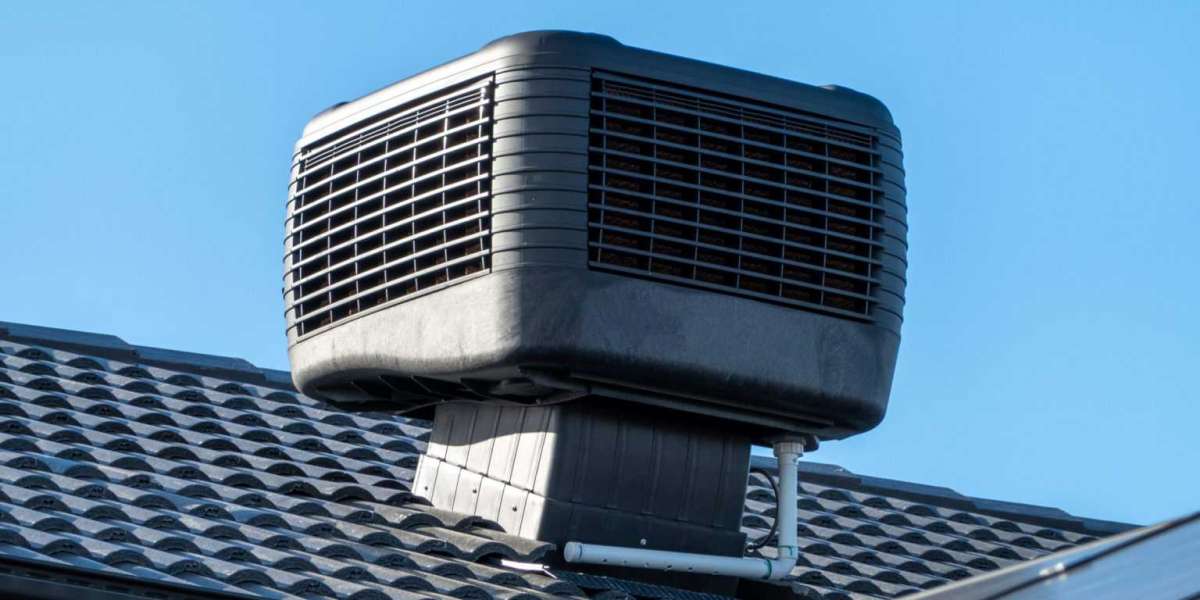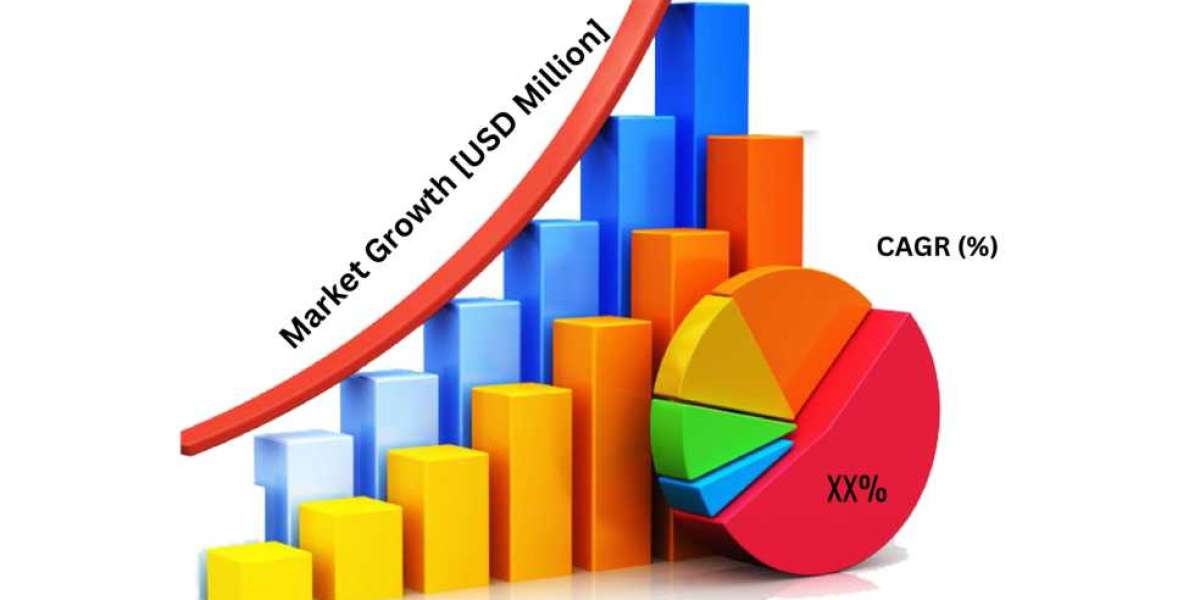When looking into air conditioning options for your home or business in Geelong, two popular systems often come up: evaporative cooling and split system air conditioning. While both provide effective cooling, they operate differently and vary significantly in terms of cost efficiency. This guide will outline the differences between these two systems, highlighting the factors that impact installation costs, energy consumption, maintenance, and environmental impact, so you can choose the option that best suits your needs.
What is an Evaporative Cooling System?
Evaporative cooling systems are known for their eco-friendliness and affordability. These systems work by pulling hot air from outside, filtering it through damp pads, and cooling it through evaporation. The cooled air is then distributed throughout the building via a ducted network.
The primary advantage of evaporative cooling lies in its energy efficiency. Since these systems do not require compressors or refrigerants, they consume significantly less electricity than traditional air conditioning systems. Instead, they rely on water for the cooling process, making them a highly sustainable and environmentally friendly option. However, costs for evaporative cooling can vary depending on the unit’s size and the complexity of the installation process.
Pros of Evaporative Cooling:
- Energy Efficient: Uses far less energy compared to traditional systems.
- Environmentally Friendly: Operates using water, avoiding chemical refrigerants.
- Lower Operating Costs: Due to reduced energy consumption, operating costs are lower.
Cons of Evaporative Cooling:
- Limited Temperature Control: Less precise control over temperature.
- Higher Humidity: Adds moisture to the air, which may not be ideal in humid environments.
What is a Split System Air Conditioner?
Split system air conditioning is a popular choice in Australia for both residential and commercial spaces. This system comprises an outdoor compressor that supplies refrigerant to one or more indoor units, which then cools the air before distributing it. These systems are versatile because they allow you to control the temperature of specific areas or rooms. Many split systems also feature heating capabilities, making them a year-round solution.
With split systems, you have more precise temperature control compared to evaporative cooling, which is a considerable advantage for those seeking both comfort and energy savings by cooling specific spaces as needed. However, split systems are generally more costly to install due to the complex ductwork and refrigerant piping requirements.
Pros of Split System Air Conditioning:
- Precise Temperature Control: Ability to cool or heat individual rooms as needed.
- Year-Round Use: Most systems offer both cooling and heating.
- Low Humidity: Maintains ideal humidity levels, especially in humid areas.
Cons of Split System Air Conditioning:
- Higher Installation Costs: Installation costs are typically higher than evaporative systems.
- Increased Energy Consumption: Uses compressors and refrigerants, which consume more power.
Cost Efficiency Comparison: Evaporative Cooling vs. Split System Air Conditioning
To help you determine which system is more cost-effective, consider the following cost factors:
1. Installation Costs
- Evaporative Cooling: These systems are generally less expensive to install. With simpler ductwork and no need for refrigerant piping, installation costs are reduced significantly.
- Split System Air Conditioning: Higher installation costs are typical due to the need for complex refrigerant piping and ductwork. Additionally, installation may involve more labor and time.
2. Maintenance Costs
- Evaporative Cooling: Maintenance for evaporative systems is straightforward but necessary to ensure efficiency. Regular tasks include cleaning the water reservoir and changing air filters. While these steps are manageable, they do add to the overall cost of ownership over time.
- Split System Air Conditioning: Split systems require less frequent maintenance than evaporative systems, but when it is necessary, it can be costly. Professional servicing is recommended, especially for refrigerant management and compressor maintenance.
3. Energy Costs
- Evaporative Cooling: These systems are more energy-efficient, as they do not use compressors or refrigerants, resulting in lower energy consumption. For larger homes or businesses, this efficiency can lead to substantial savings on energy bills.
- Split System Air Conditioning: Split systems consume more electricity due to the need for a compressor and refrigerant cycles. However, since they allow for targeted cooling of specific areas, there may be energy savings if used selectively.
4. Temperature Control and Comfort
- Evaporative Cooling: Offers general cooling but lacks the precise control that some may prefer, especially for keeping specific rooms at exact temperatures. Additionally, evaporative cooling can increase indoor humidity, which may not be ideal in already humid climates.
- Split System Air Conditioning: Offers better control over temperature and humidity, providing a more comfortable indoor environment. This control can lead to energy savings since only specific areas need to be cooled, enhancing both comfort and efficiency.
5. Environmental Impact
- Evaporative Cooling: Due to its reliance on water and lack of chemical refrigerants, evaporative cooling is considered more environmentally friendly. The lower energy consumption also reduces the system’s overall carbon footprint.
- Split System Air Conditioning: While highly effective, split systems use refrigerants that may have a higher environmental impact. Many newer systems utilize eco-friendlier refrigerants, but they still consume more energy than evaporative coolers.
Which System is Right for You?
Both evaporative cooling and split system air conditioning have distinct benefits and limitations. If you prioritize energy efficiency, environmental impact, and lower upfront and ongoing costs, an evaporative cooling system may be the better choice. However, if precise temperature control, low humidity, and year-round functionality are essential, a split system air conditioner could be more suitable for your needs.
Ultimately, evaluating the specific needs of your space, your budget, and your environmental goals will help you make the best choice. Consulting with a professional specializing in air conditioning systems in Geelong can provide additional guidance to ensure you choose the right system tailored to your unique requirements.
Christmas stickers for Cricut
father's day gifts made with cricut
cricut inspirational quotes
cricut black friday sale
Valentine’s Day Cricut stickers
cricut animal designs






